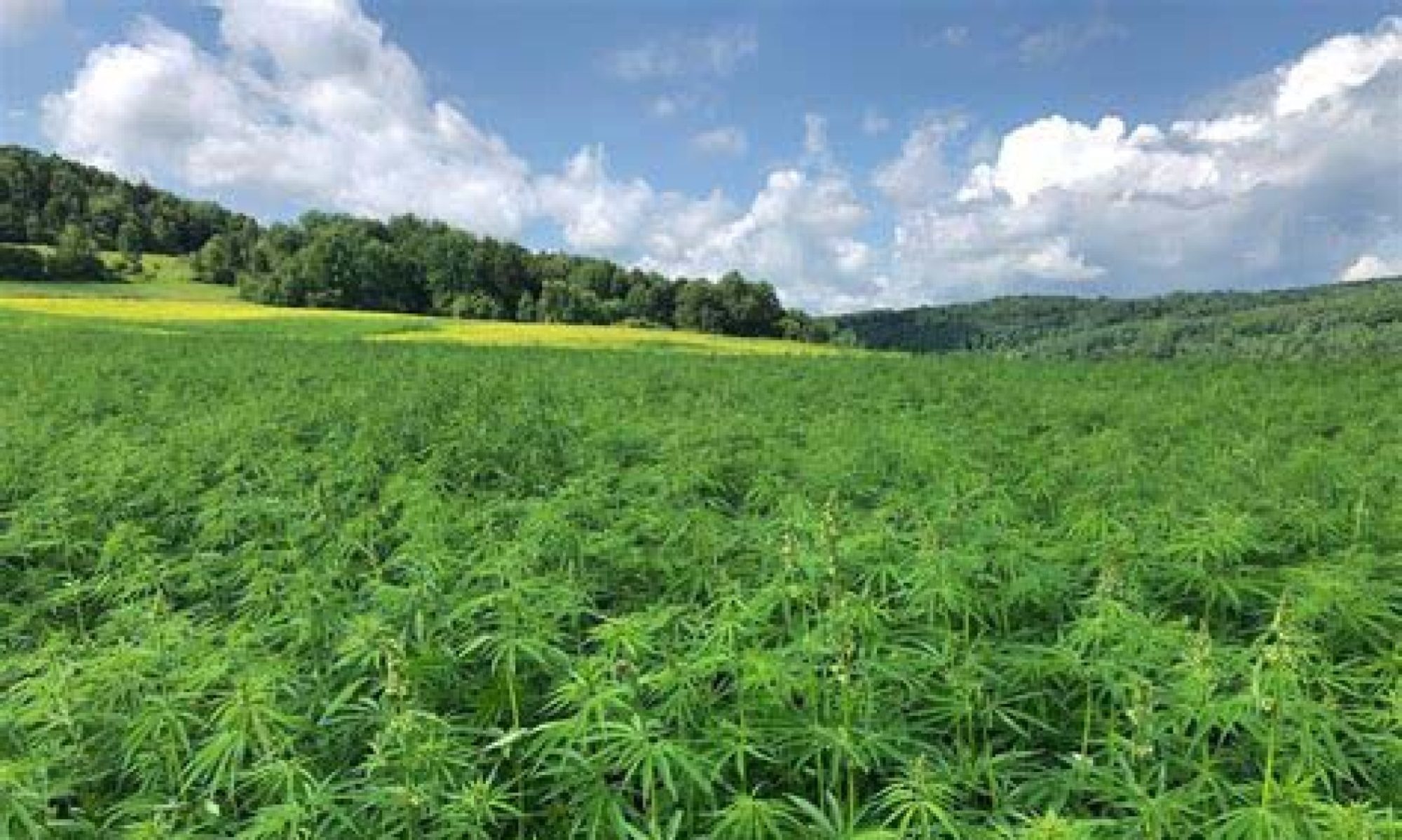
Hemp is a versatile plant that has been used for centuries for various purposes. From textiles and paper to food and medicine, hemp has a wide range of applications. Recently, hemp has gained attention in the economy as a potential game-changer. Hemp cultivation and production have created a buzz in the market, and the industry is expected to grow in the coming years. In this article, we will explore the potential of hemp for a healthy economy and why it is the green gold that everyone is talking about.
The legalization of hemp in many countries has opened new opportunities for farmers and entrepreneurs. Hemp cultivation is a cost-effective and sustainable alternative to traditional crops. It requires less water, pesticides, and fertilizers, making it a more environmentally friendly option. Moreover, hemp has a short growth cycle and can be used for multiple purposes. This means that farmers can get multiple yields from a single crop, resulting in higher profits.
Apart from farming, the hemp industry has also created jobs in various sectors, including manufacturing, sales, and research. Hemp can be used to produce a wide range of products, from textiles and clothing to building materials and biofuels. The demand for these products is increasing, and so is the need for skilled workers. This has resulted in the creation of new jobs and the growth of the economy.
With its many applications, the hemp industry has the potential to generate revenue for the government. Hemp products are subject to taxes, and the industry can contribute to the country’s GDP. Moreover, hemp can also be used for medicinal purposes, and the pharmaceutical industry can benefit from its therapeutic properties. This can result in increased tax revenue and a boost to the economy.
Hemp: The Green Gold that’s Creating a Buzz in the Market!
The hemp industry is growing at a rapid pace, and investors are taking notice. Hemp companies are going public, and the market is showing a strong appetite for hemp-based products. From CBD oil to hemp-based clothing, the demand for these products is increasing, and so is the value of the industry. According to a report by Grand View Research, the global hemp market size was valued at $4.71 billion in 2019 and is expected to grow at a CAGR of 15.8% from 2020 to 2027.
The popularity of hemp-based products is not just limited to consumers. Businesses are also looking to incorporate hemp into their operations. Hemp can be used as a sustainable alternative to plastic, and companies are exploring ways to make hemp-based packaging. Hemp can also be used as a source of biofuel, and the transportation industry is looking to incorporate it into their operations.
The potential of hemp is not just limited to the economy. Hemp can have a positive impact on the environment as well. Hemp is a natural carbon sink and can be used to remove carbon dioxide from the atmosphere. Moreover, hemp cultivation can help prevent soil erosion and promote soil health. By promoting the growth of hemp, we can create a sustainable future for ourselves and the planet.
In conclusion, the hemp industry has the potential to create a healthy economy while promoting sustainability and environmental stewardship. With its versatility and wide range of applications, hemp is a valuable resource that should be explored further. As more countries legalize hemp cultivation, we can expect to see the industry grow even further. So, let’s embrace the buzzing buzz of hemp and create a brighter future for ourselves and the planet.







